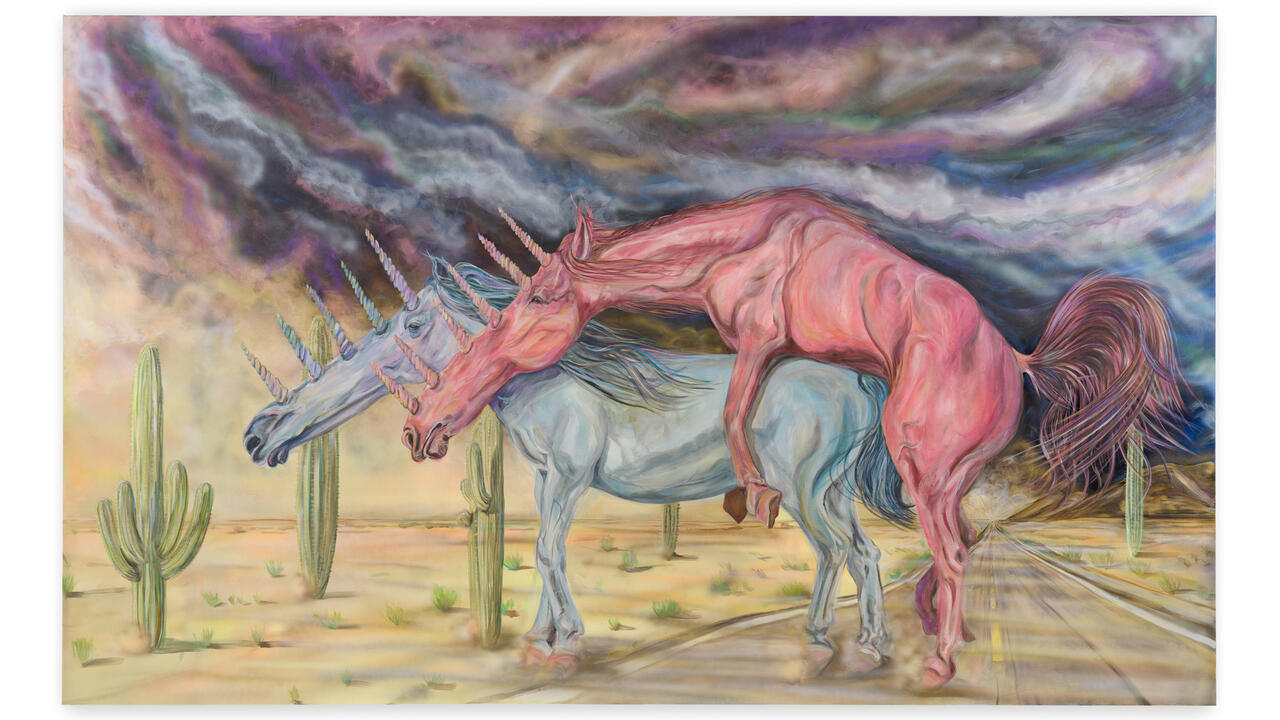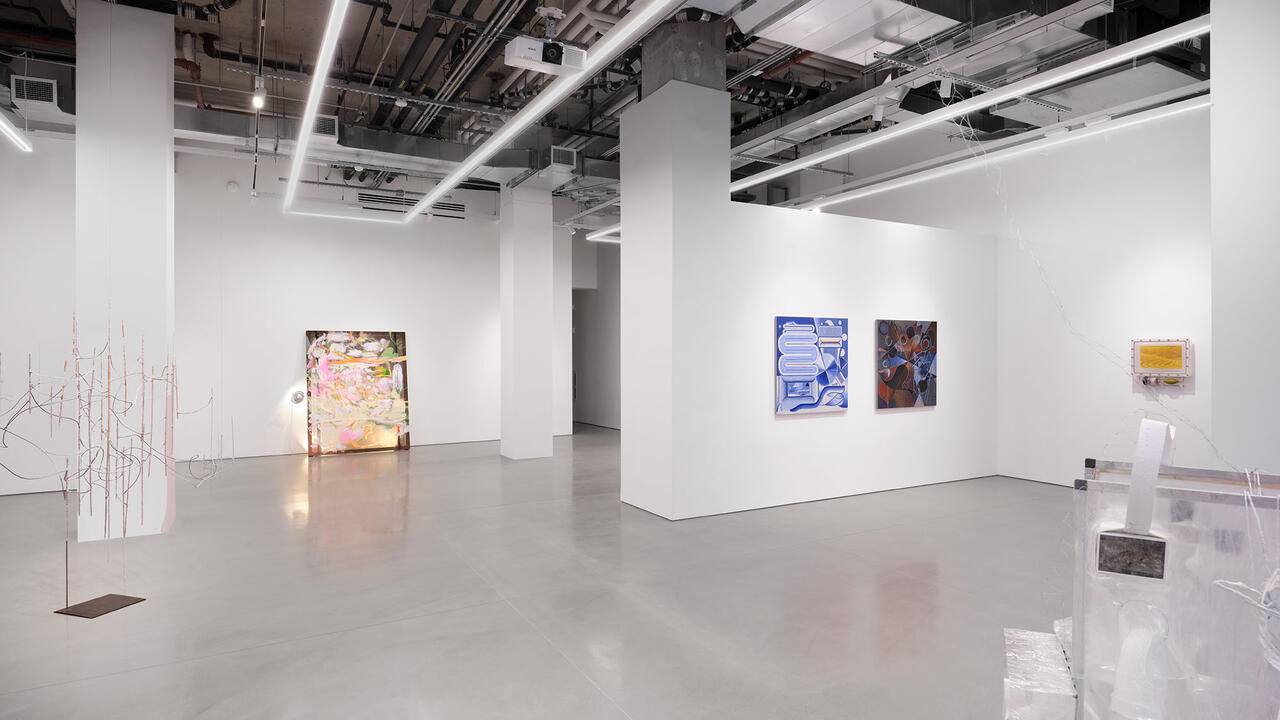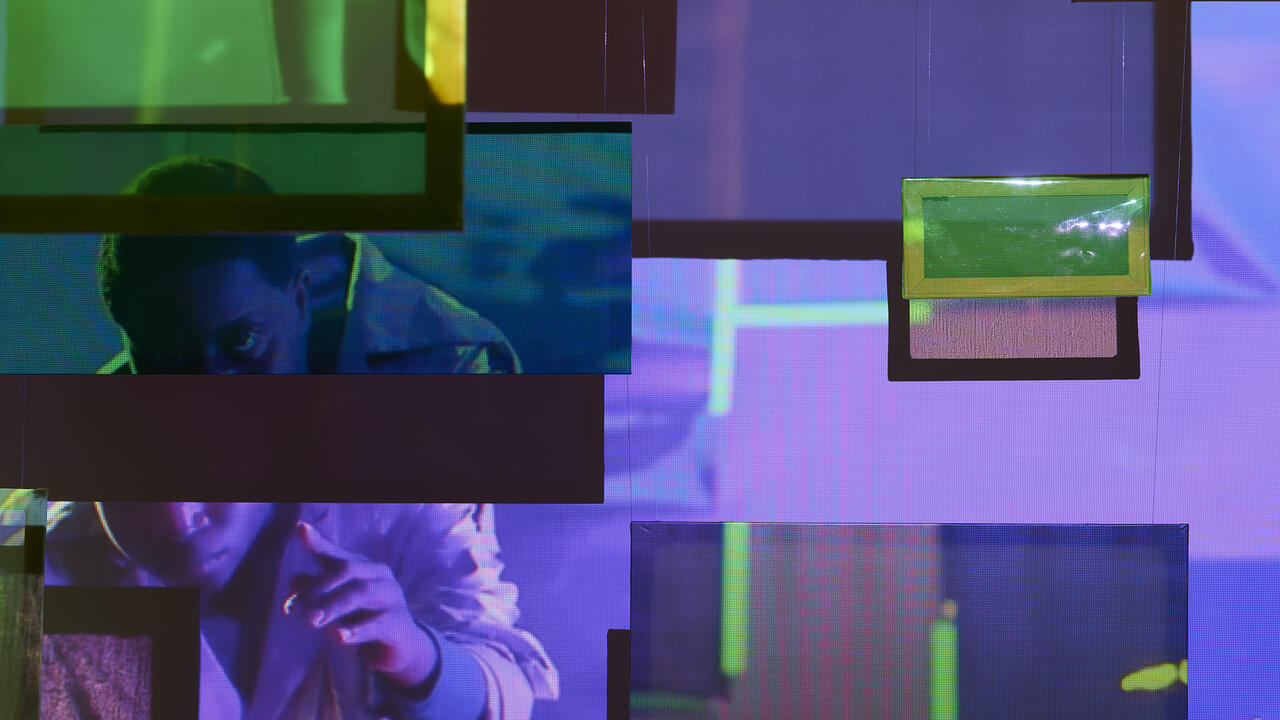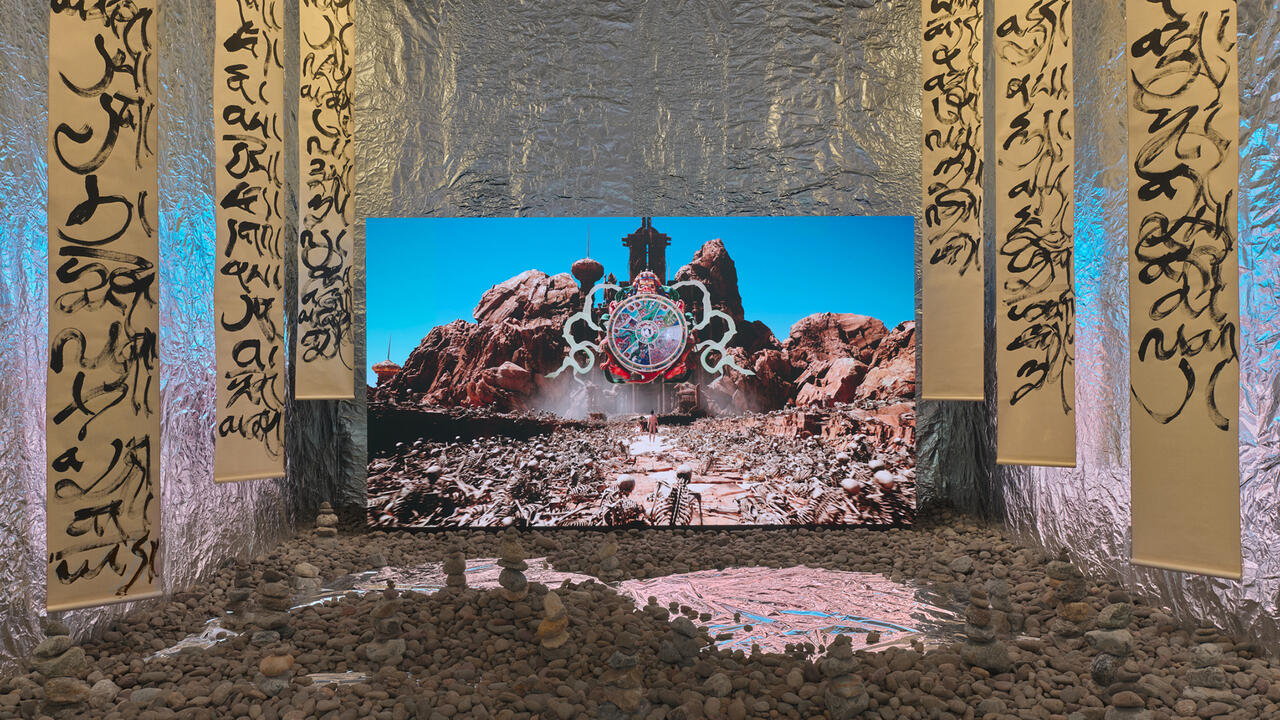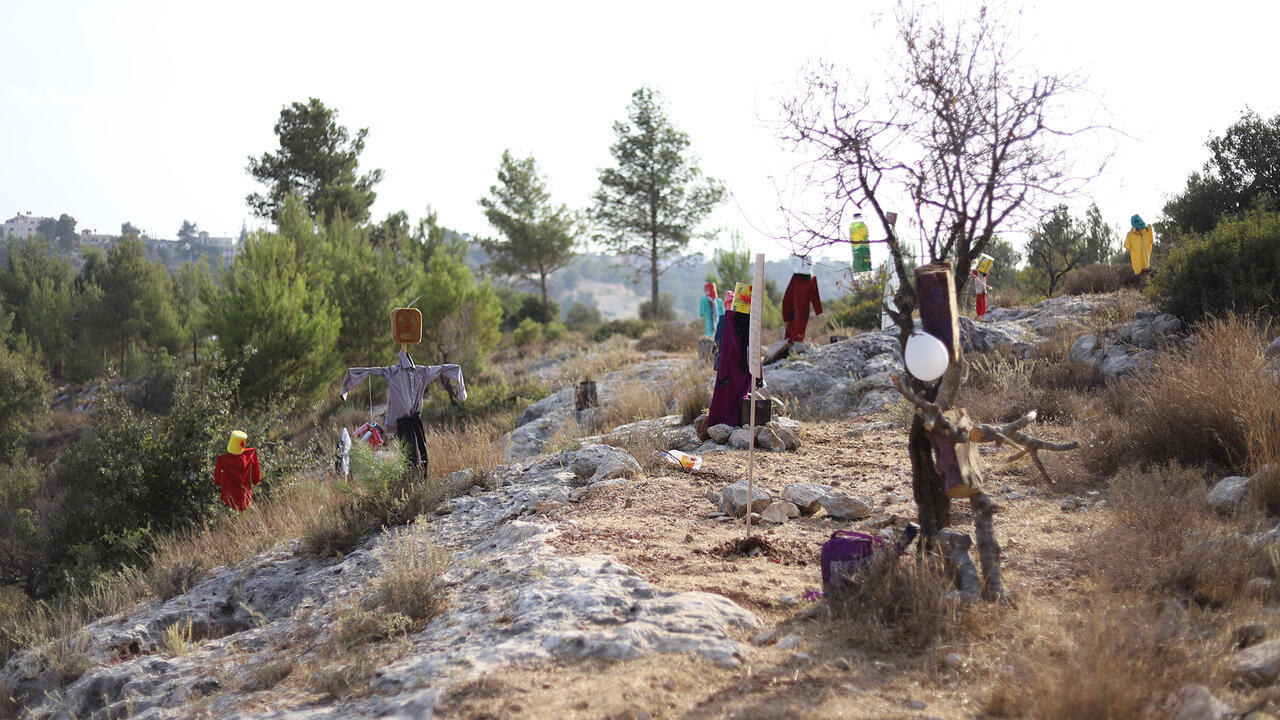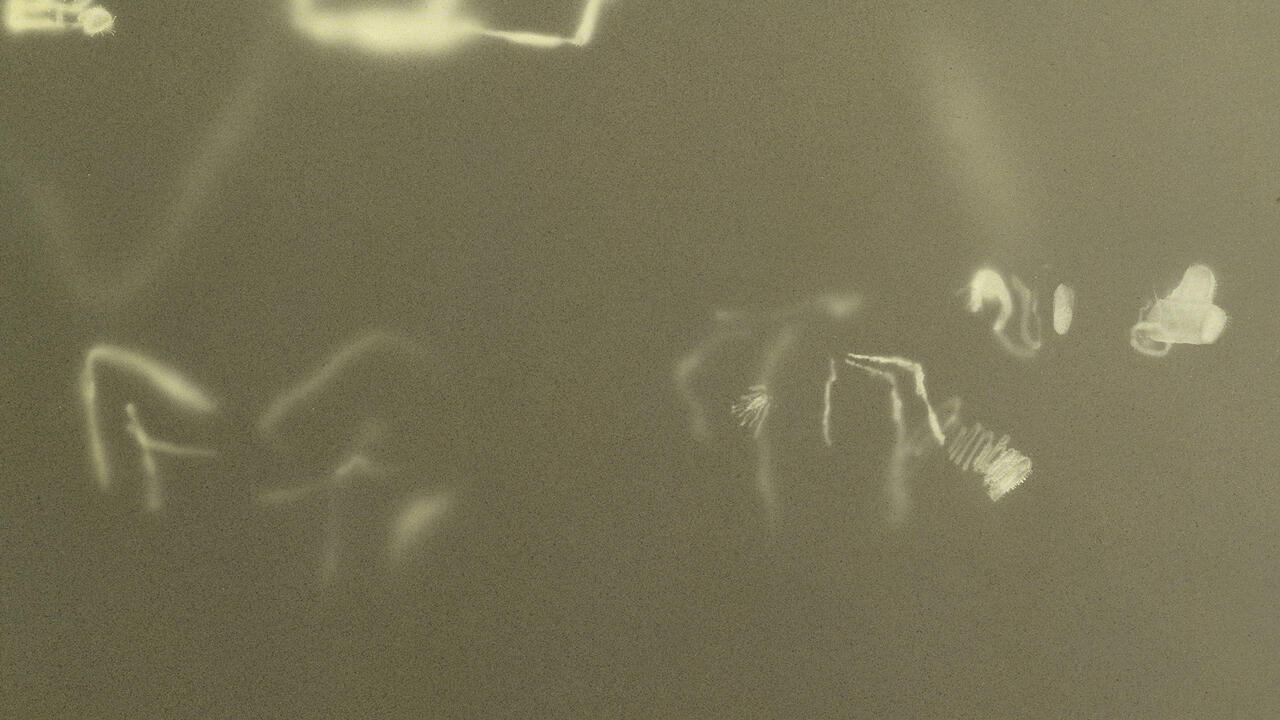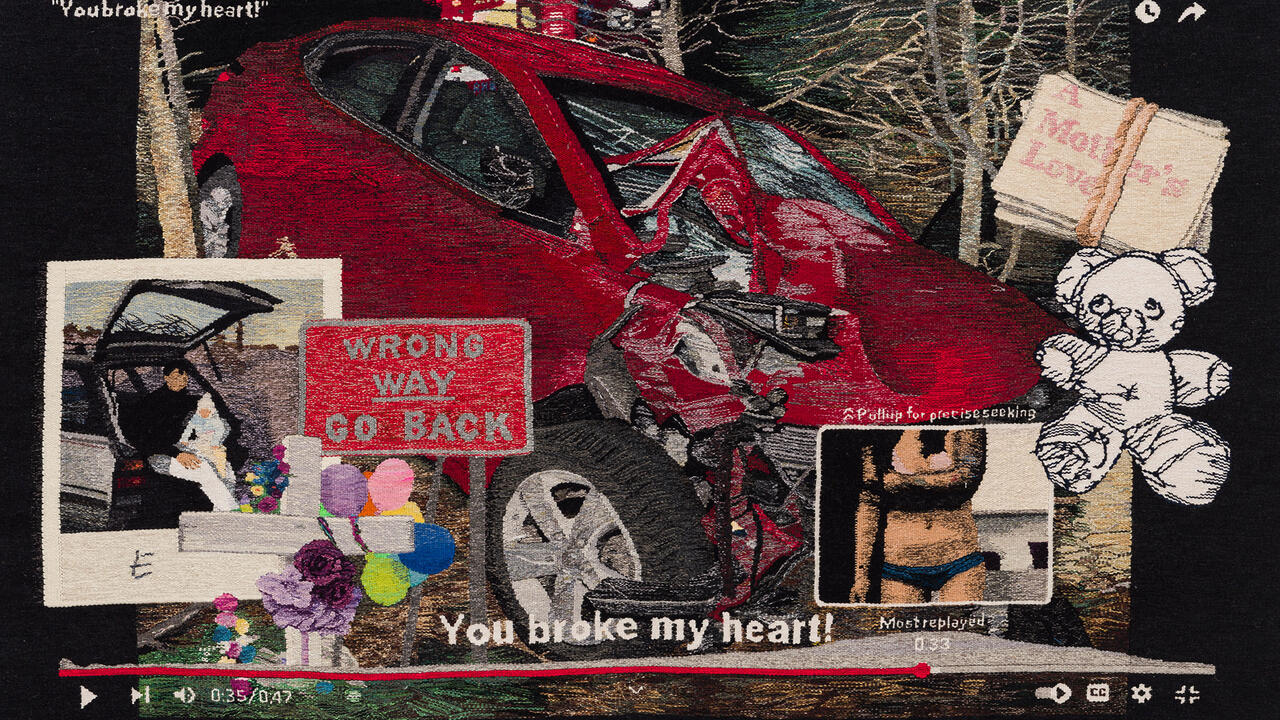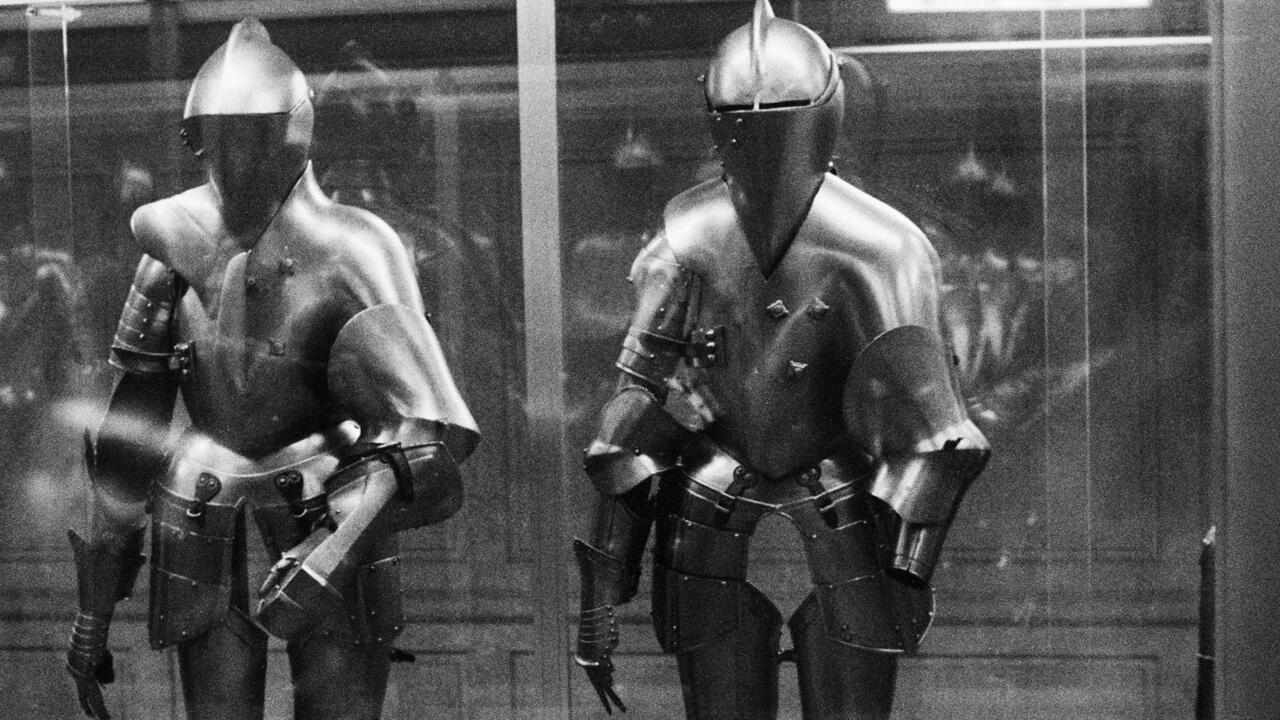Whitney Biennial 2010
Whitney Museum of American Art, New York, USA
Whitney Museum of American Art, New York, USA

If I had to sum up this year’s Whitney Biennial using body language, it would be with a shrug and one of those looks that says, ‘it had its moments, I guess …’ This is not a year in which Roberta Smith’s remark that ‘the world would be a duller place without the Whitney Biennial to kick around every two years’ holds true, because this edition is an equivocally polite one. I just feel a bit indifferent.
Not that I feel indifferent about the art being made in the US right now. Quite the contrary: it has a healthy diversity and vivacity. My weariness stems from the tacit obligation biennials seemingly feel to explain the Zeitgeist, which results in analgesic clouds of platitudes from curators that instill unrealistic expectations in audiences as to how quickly art can evolve, year on year. Art evolves in fits and starts, and not every biennial is going to mark a paradigm shift. (It has been interesting to note the recent enthusiastic re-evaluation of the controversial 1993 Whitney Biennial.) The other issue is that the terms that define art today are so broad as to mean that equivocality may be the only position anyone is going to have for the time being.
‘2010’ – a likeable, straightforward title – is curated by Francesco Bonami and Gary Carrion-Murayari. In their co-authored catalogue essay they argue that, in the wake of Barack Obama’s election, ‘the presence of a reassuring and inspiring political figure [has] allowed people to focus on their intimate concerns again’ and ‘traditional forms of protest and resistance were no longer needed as in the years before when it felt like the US was losing its moral direction’. This is a strange assertion to make only one year into Obama’s administration, especially given how frighteningly polarized the US has become overissues such as health care and the economy, and how rabid the political right is at present. Yet there is also much flip-flopping about individuality and collectivity, the domestic and the infinite, ‘what a biennial of art means in an age of global understanding’ and how the selected artists use ‘personal Modernisms’ but are also ‘constructing models that can serve as the foundations of lasting communities and sustained critique’. These are all noble sentiments – and, believe me, I’d also like art to teach the world to sing – but what does that amount to as an exhibition?
The show includes 56 artists (this is the second smallest Whitney there has ever been, and is all the better for it) of a wide age range, of whom just over half are women – a first for the Biennial. There is a lot of painting and drawing, a sizeable number of films and videos, a few performances and a light seasoning of sculpture, installation or photography. There is a great deal of figurative work, but little that falls outside conventional categories of media. In addition, Bonami and Carrion-Murayari’s principal innovation is to have rearranged the Whitney’s permanent collection to exhibit works that have appeared in previous editions of the Biennial.
A mood of introspective domesticity prevails, highlights of which include Julia Fish’s abstract paintings derived from an intense focus on details in her home and studio, Alex Hubbard’s video Annotated Plans for an Evacuation (2010), which constructs an image from car and garage detritus, Maureen Gallace’s hazy, luminous landscapes and Jessica Jackson Hutchins’ hefty ceramics, enthroned on a sofa plastered in Obama-related newspaper clippings (Couch for a Long Time, 2009). Where the show attempts to engage with politics there are subtle moments, including Sharon Hayes’ video installation Parade (2010), which addresses how making art intersects with the political efficacy of the individual, and there are extremely blunt moments, such as Josephine Meckseper’s Mall of America (2009), a video in which doomy music plays over red- and blue-tinted shots of the eponymous Minneapolis mall, intercut with scenes from the action film Fighter Pilot (2007). Two instances of photojournalism – Nina Berman’s images of a disfigured US Marine attempting to adjust to civilian life and Stephanie Sinclair’s distressing photos of self-immolated Afghan women – certainly ram home a point about how troubled the world is (didsomeone say ‘age of global understanding’?) but look heavy-handed amongst the highly personal abstract and figurative works that largely fill this show. Flavour-of-the-month collective the Bruce High Quality Foundation exhibit We Like America and America Likes Us (2010), a state of the nation lament in which film clips and YouTube footage are projected onto the windscreen of a Cadillac ambulance/hearse (the kind used by both Joseph Beuys and in the 1984 film Ghostbusters). Over this someone reads end-of-a-relationship platitudes that cast America as an ex-lover. It has entertaining moments, but its references seem arch, its emotions cheap.
A kind of deranged, introspective figuration also runs through the show: Thomas Houseago’s giant hunched sculpture, Verne Dawson’s bucolic fantasia, Robert Williams’ comix-style watercolours and Charles Ray’s dementedly cheerful flower drawings. The most interesting work here, for me, lies between figuration and abstraction, in pieces by R.H. Quaytman and Robert Grosvenor. Quaytman’s canvases weave dazzling optics with images based on the architecture of the Marcel Breuer-designed Whitney Museum, whilst Grosvenor’s untitled two-part sculpture hovers between representing a chain-link fence and a bridge and pure form, its resemblances moving in and out of focus. Three video works featuring dance and gymnastics – by Jesse Aron Green, Rashaad Newsome and Kelly Nipper – feel, despite the differences of their reference points, a little too similar: they all feature locked-off shots of choreographed human movement – as if modern dance or calisthenics is merely a fashionable subject, like Modernist architecture was last year and Joy Division the year before that. Fitting no particular thematic category, but worth noting for their singularity, are Pae White’s huge tapestry depicting wispy smoke (Smoke Knows, 2009), Edgar Cleijne and Ellen Gallagher’s walk-in installation, based on Black Herman and Sun Ra, and Kerry Tribe’s documentary about extreme amnesia (, 2009). At the time of writing, Michael Asher’s proposal to open the museum 24 hours a day for one week has not yet happened, but that it has been shortened to just three days for reasons of logistics shows that even the most dematerialized of art works have economies of scale to deal with.
Bonami and Carrion-Murayari’s decision to extend ‘2010’ back into the Whitney’s past makes for a diverting history lesson, not least because it highlights how few women have exhibited in the Biennial. However, it is also unfortunately a little like the moment at the end of a television game show when the host turns to an unlucky contestant and commiserates: ‘here’s what you could have won’. David Hammons, Eva Hesse, Jasper Johns, Mike Kelley, Barbara Kruger, Paul McCarthy, Claes Oldenberg, Robert Rauschenberg, Cindy Sherman, Andy Warhol … These canonical names (and, in their absence, those of Whitney artists history has forgotten) weigh heavily on the work in ‘2010’– but history weighs heavily on many contemporary artists and in that sense there’s truth to this juxtaposition. At least it’s not something you can just shrug your shoulders at before moving on to the next variation on a theme.










